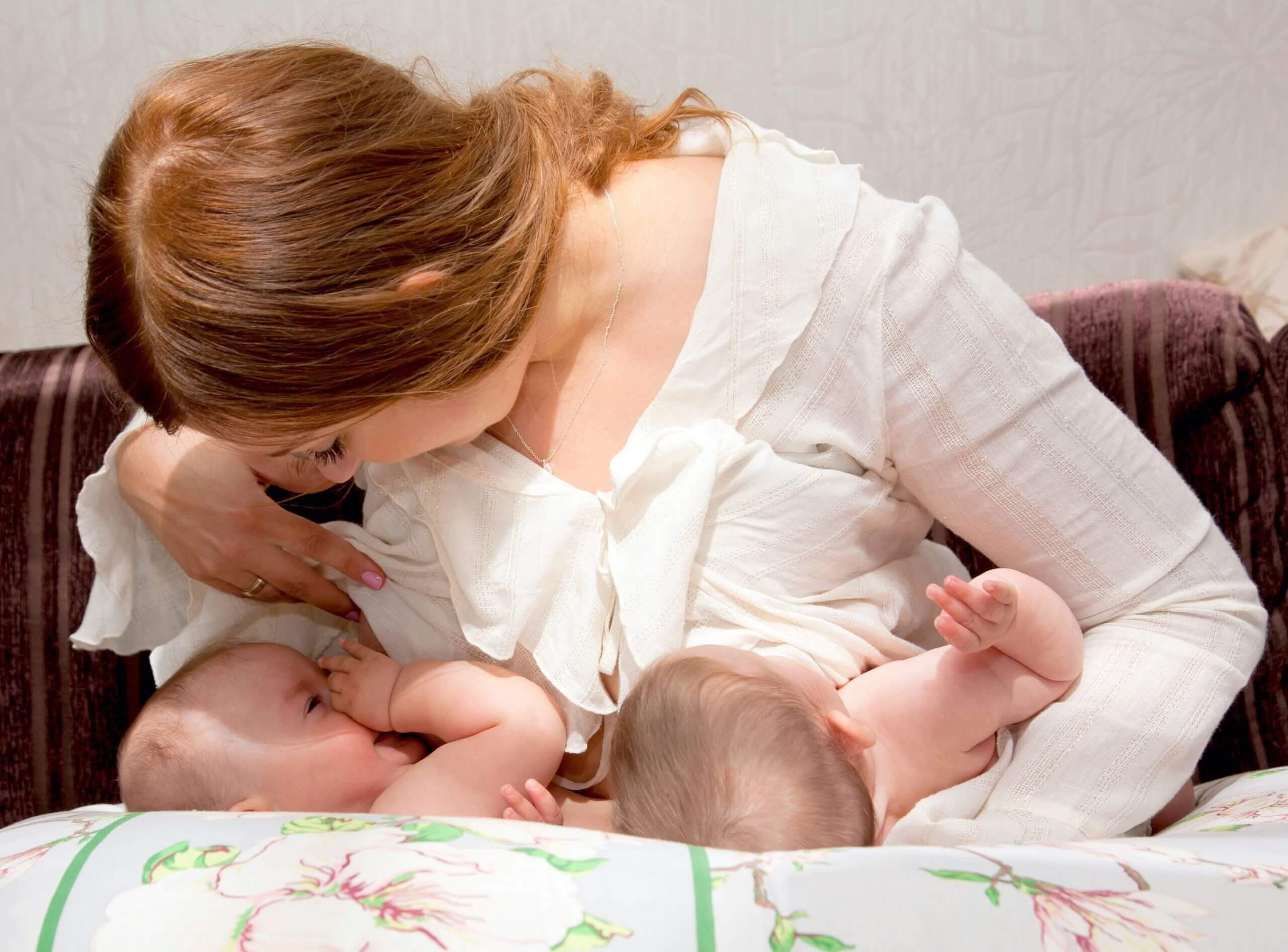One of the things that every mom is going to use, is diapers. How many diapers does a baby use in a day? An awful lot of diapers, so being able to know and budget for them up front is a massive help, especially considering that you could be using several a day for months at a time.
Thankfully, over time the need for diapers slows down, and as you and baby get used to your routines, you’ll get used to regular changing times and each other’s rhythms, so the whole thing becomes a lot simpler as the months roll on.
How many diapers does a baby use in a day?
When it comes to how many diapers your baby is going to use, there are a few things to think about.
First, realize that babies use a lot of diapers when they’re newborns, (as many as 8 to 10 per day!) so stock up and get used to changing often.
But over time this number will start to go down, as baby gets more control over their body and their bladder.
Using a lot of diapers is actually a good thing. You can use your baby’s diapers as a general gauge for if they’re feeding properly.
If your baby is under the expected number of diapers, they could have an issue with dehydration or getting enough to eat. Fewer wet diapers could be a sign of dehydration, and fewer poops mean that they could have issues with feeding, digestive issues or constipation.
So how many diapers will your baby actually go through? The answer depends entirely on their age.
A one-month-old baby can go through around 10 diapers a day. You can expect around 6 wet diapers, and for your baby to fill their diaper every time they feed.
From one to five months, your baby will start to slow down on how many diapers they’re using, because their body grows and gets a little more control over itself. Still, you can expect your baby to use anywhere from 8 diapers, to still around 10, especially in those early months.
Over five months, you can expect soiled diapers a little less often, especially once you move onto a diet that includes more than just breast milk or formula. Still, you can expect to see up to 8 diapers a day, especially in the early months.
If you’re breastfeeding, expect your baby to use more diapers than if you’re using formula. Because formula and breast milk are digested a little differently, babies who are breastfed tend to have more soiled diapers and diaper changes in general.
How do I know when to change my baby’s diaper?
The rule of thumb is, whenever the baby has a wet diaper, it’s time for a change. Don’t ever leave your child in wet diapers, as the bacteria in their waste can cause skin problems and infections.
Expect to see the need for a new diaper every one or two hours, and generally every time they eat, because that stimulates your baby’s bowels.
It’s recommended to change baby’s diaper before every feeding, then just after as well, that way they’re fresh and ready no matter what happens during the feeding, and comfortable during the whole process.
When it comes to sleep, you don’t have to worry so much about changing in the middle of the night. Just make sure they lie down in a fresh and clean diaper and change them when they wake up.
Signs that your baby might need a diaper change include:
- Baby crying or looking uncomfortable
- Smells or wetness from the diaper
- Wobbling or jelly-like movements from the diaper if you give it a shake
- Failing that, you can always take a quick glance inside
What size diapers should I buy?
In our opinion, it’s best not to focus on newborn diapers, and start with size 1 instead.
Newborn diapers typically fit babies up to around 10lbs in weight. Considering the weight of your average newborn is 7.5 – 9 lbs, and babies typically gain around 3lbs of weight in their first month, they’ll quickly outgrow newborn sizes.
Your hospital will also typically give you a few newborn nappies to get you through the first couple of days, so enough packs to give you around 120 diapers might see you through. They’re something you can always pick up, and your baby will very quickly be progressing up through the sizes, so don’t go mad on overstocking.
For size comparisons, here are Pamper’s sizing guides on their Swaddlers range.
- Preemie: <6lbs
- Newborns: <10lbs
- Size 1: 8 to 14lbs
- Size 2: 12 – 18lbs
- Size 3: 16 – 28lbs
- Size 4: 22 – 37lbs
Your baby should stay in sizes one and two the longest, so if you’re considering stocking up, these are the sizes we’d recommend.
Most babies will be around 12 -13lbs in weight by month three, especially boys, who shade a pound or two heavier on average than girls.
As we said earlier, by this time their body will be growing and accommodating their needs a little bit more, and so will their bladder, which means that diaper usage should slow down a little.
Should I use cloth diapers?
Used for thousands of years before modern diapers were invented, cloth diapers are still an option for moms now, especially if you’re more nature conscious.
Kept clean and sterilized, cloth diapers are as hygienic as disposable diapers, but obviously require a lot more work to keep on top of, and also require a significant upfront cost.
When choosing cloth diapers, look for the more modern style with two layers. A natural outer layer that’s water resistant, and so provides a barrier and an interior layer that’s super absorbent.
When considering how many cloth diapers you might need, think about how many changes you’re going to use throughout the day, then multiply that by at least two, and a few more.
As an example, newborns go through around 10 diaper changes a day, so you’re going to want today’s diapers ready to go whilst yesterday’s are being cleaned, and maybe a few more for emergencies, which is at least 24.
No matter how old baby is, or whether you’re using disposable or reusable diapers, it’s always good to have more than you need.
How many diapers does a baby use in a day? An awful lot. But you’ll soon fall into the pattern, and then it will be much easier to judge what you need. So don’t worry. You’re going to be fine. Humans have been wearing diapers since we lived in caves, after all.
Have you got any amusing diaper stories or hints or tips for a mom worried about changing times and how many diapers they’re going to go through? Be sure to drop us a comment. When you’re a first-time mom, it all helps!


























 Store
Store